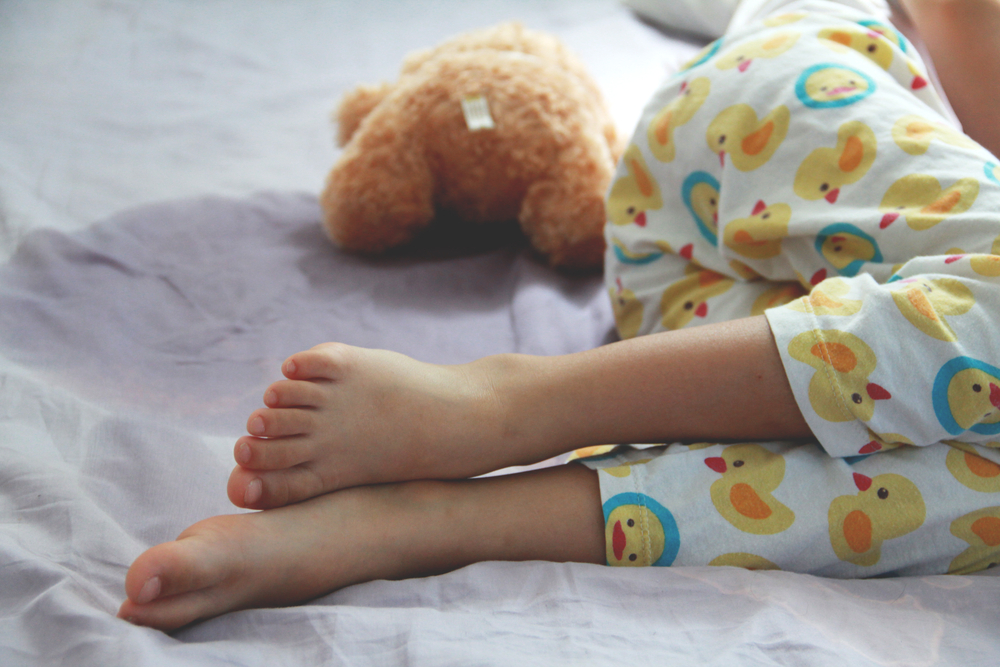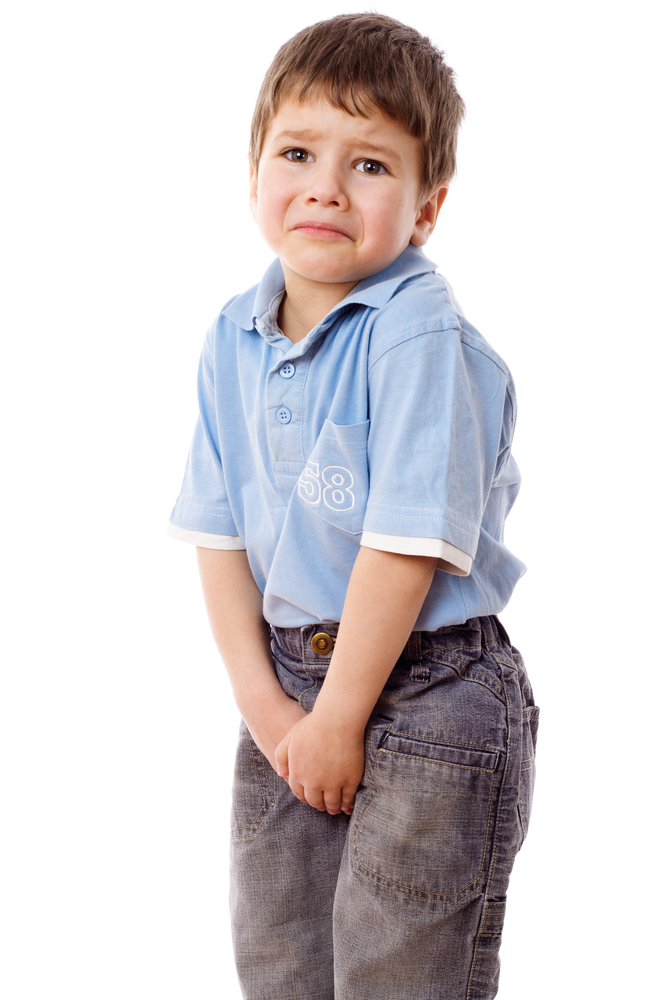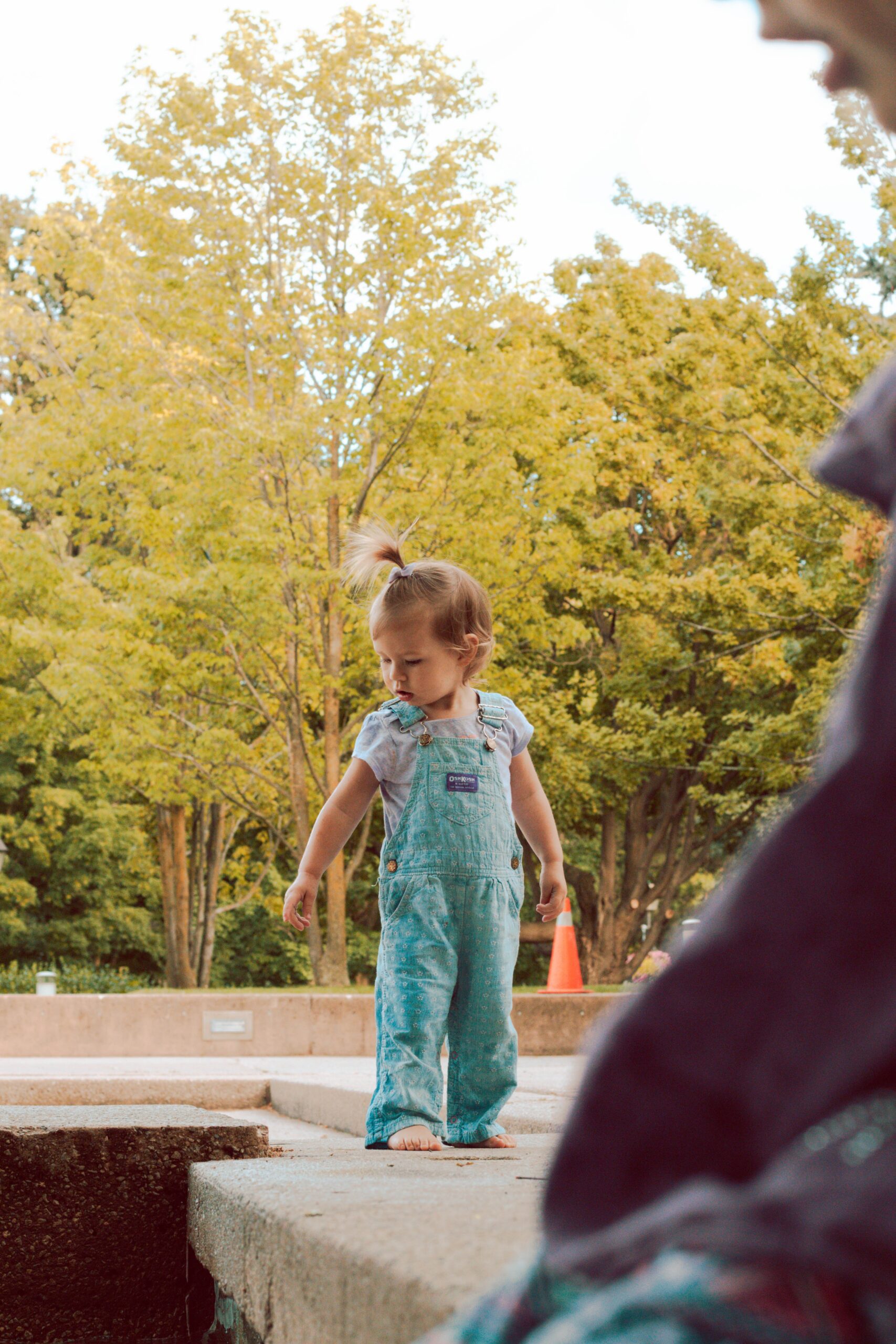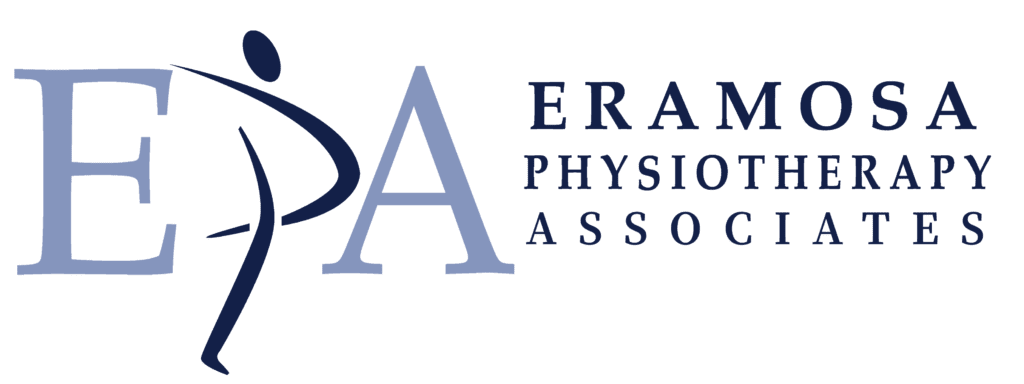
1. Clarifying Child Pelvic Health Physiotherapy
Child pelvic health physiotherapy complaints are very common, yet not often talked about. “Bathroom Accidents” such as leaking urine or stool during the day or bedwetting at night, can be stressful for everyone. Late-night sheet and pyjama changes, extra laundry, and planning extra outfits for school and playdates can be exhausting, inconvenient and frustrating. But, more importantly, parents worry about how their child’s bowel and bladder struggles are impacting their confidence, self-esteem, and ability to participate with their peers. They wonder: “Will my 5-year-old smell like urine because he still wears a pull-up? Will his friends notice?” or “ Is my child avoiding activities because they might have an accident? Are they being teased by their classmates?” Parents may even worry that they have somehow caused their child’s bowel and bladder difficulties.
Our clinics that are currently offering EPA for KIDS Pediatric Pelvic Health Physiotherapy services include:
• EPA Acton • EPA Guelph • EPA Elora • EPA Georgetown • Guelph Women’s Health Associates • Orangeville (Pelvic Only)
When children over the age of 4 are struggling to control urine or stool, they may be diagnosed with a number of conditions, such as:
- Bedwetting (Nocturnal Enuresis)
- Daytime Wetting (Diurnal Enuresis)
- Giggle Incontinence
- Dysfunctional Voiding (Voiding Postponement, Increased Voiding Frequency)
- Constipation
- Fecal Incontinence (Encopresis)
While child pelvic health conditions are common, they are not normal, and help is available. Child and Youth Pelvic Health Physiotherapy can help families regain control and confidence.
2. Common Causes of Child Pelvic Health Physiotherapy Conditions
There are many things that can contribute to child pelvic health physiotherapy conditions, including:
- Constipation: Children who are constipated may struggle with hard, lumpy bowel movements, and may have to strain to have a bowel movement. This is often painful, or the child may feel that they are not able to completely empty their bowels. Constipation can also lead to leaking of stool, and stool stains in the underwear. Children struggling with constipation may also have abdominal pain, decreased appetite and generally feel unwell. Constipation contributes to bladder difficulties, such as bedwetting, because large amounts of stool in the rectum can push into the bladder, leading to involuntary emptying of the bladder.
- Toilet Avoidance – Ignoring the urge to have a bowel movement or to urinate (whether due to pain, fear or distraction) can lead to decreases in the urge to go, over time. Avoiding bowel movements can lead to or worsen constipation, and avoiding urination can lead to thickening of the bladder wall and a smaller bladder. This may result in an overactive bladder, overflow incontinence, or difficulty completely emptying the bladder.
- Tight Pelvic Floor Muscles: Some children visit the bathroom more often than average because they struggle to empty their bladder or bowels completely. This can happen because of difficulty relaxing or coordinating the muscles of the pelvic floor. Leftover urine in the bladder can lead to urinary tract infections or to a backup of urine into the kidneys. Over time, this can lead to kidney damage.
Weak Pelvic Floor Muscles: When the muscles of the pelvic floor are working normally, they contract to help prevent urine and stool from escaping the bladder and bowels. When these muscles are weak, they are unable to resist the forces produced during activities like running, jumping, laughing and sneezing, and may allow urine and stool to leak out.
3. Treatment to Improve Your CHILD’S health
With a strong background in both Pelvic and Orthopedic Physiotherapy, our Child Pelvic Health Physiotherapists will help families develop a plan to manage and treat childhood pelvic health concerns.
Unlike traditional Pelvic Health Physiotherapy, Child Pelvic Health Physiotherapy does not involve an internal exam. A parent or guardian is always encouraged to be present during assessment and treatment.
Our assessment and treatment approach to Child Pelvic Health Physiotherapy often consists of a combination of:
- A Thorough History: Our Child Pelvic Health Physiotherapists will ask parents to explain their concerns and goals regarding their child’s bowel and bladder struggles, and will ask questions about a child’s past medical history, family history, psychosocial history, the tests and treatments they have already had, and about their child’s development.
- Physical Examination: We will conduct a thorough physical exam, including scanning external joint mobility, muscle length and strength. With consent, we may look at the external muscles of the pelvic floor, and we may assess the child’s ability to contract and relax their pelvic floor muscles through external biofeedback.
- Education: Through an individualized and thorough education process we assist parents and children in their understanding of pelvic anatomy and function. This knowledge gives families the confidence to: introduce proper toileting positions and wiping habits, identify foods/drinks that might irritate the bladder or contribute to constipation, examine sleep patterns, and use techniques to prevent toilet avoidance.




- Manual therapy: Our Child and Youth Pelvic Health Physiotherapists use specific abdominal massage techniques to help children develop an urge to void. They may also work on the external joints and muscles that contribute to pelvic floor function.
- Exercise therapy: We use unique technology like external biofeedback, and biofeedback games to teach children how to properly contract and relax their pelvic floor muscles. This process makes treatment more fun and rewarding, and gives both the parents and the child the confidence to continue with and be successful in their home exercise program.
- Behaviour Modification: Based on the information gathered through fluid/food diaries and bowel and bladder logs, our Child and Youth Pelvic Health Physiotherapists may suggest a specific toileting schedule, or changes to eating and drinking schedules. We may also implement short term night waking protocols or make recommendations regarding waking alarms to help with bedwetting.
- Team Work: We will work with all other members of a family’s health care team to provide complete, thorough and collaborative care. This could include many different professionals, including Family Doctors, Pediatricians, Naturopathic Doctors, Occupational Therapists, Social Workers and/or Psychologists. We will also help parents to identify when they may need to return to these additional health care practitioners to explore or fine tune medication, or follow up on additional treatment strategies.
Our goal is to provide parents and their children with the plan and tools that are necessary to put them on their Path to Improved Health. We harness a parent’s commitment to creating a positive change for their child. Often families are seen over the course of 2-3 months, beginning with 1-2 visits per week and progressing to visits every 1-3 weeks, with an average of 8-10 visits in total. Treatments are typically 40 minutes in length and can be scheduled conveniently before and after work if necessary, as we offer both early mornings and extended evening hours.
4. Child Pelvic Health Physiotherapy Discharge Review
We strive to provide a timely and cost effective treatment plan with the end goal of instilling confidence in both parents and children, through the exercises, education and tools provided. We will ensure that parents are connected to resources in their community. Our team approach is aimed at meeting families’ goals and improving children’s quality of life.
5. Discharge Peak Review
At EPA we value a team approach; Families are always welcome to reach out to us for support and encouragement, or with questions surrounding their child’s condition or program. We are committed to keeping children and their families on their Path to Improved Health!


